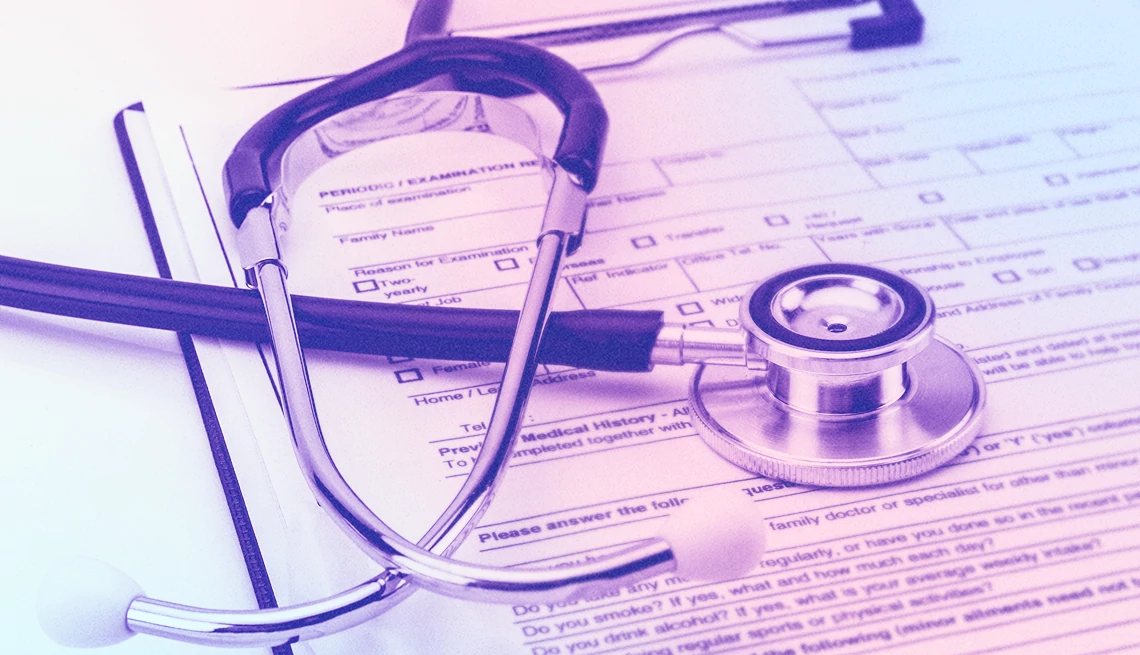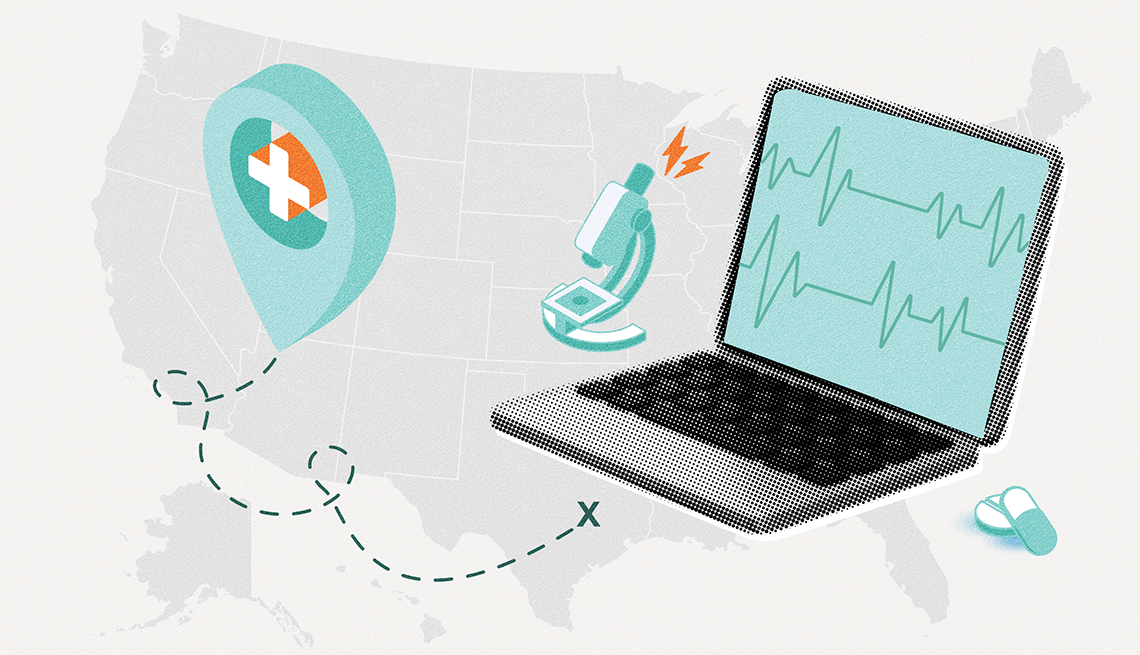AARP Hearing Center
Latest updates
• Travelers will be required to wear masks on planes and other public transportation until at least April 18. The federal mandate has been extended from the previous end date of March 18.
• The CDC has lowered its warning on cruising. The Centers for Disease Control and Prevention has lowered the warning level for cruising to level 2, for “moderate” levels of COVID-19, down from level 3 (and, before that, level 4, or “do not travel”). It still suggests that travelers be fully vaccinated for COVID-19 before cruising. The agency also says to avoid cruise ship travel if you aren’t fully vaccinated and are at increased risk of severe illness from COVID-19. (You are considered fully vaccinated two weeks after receiving the second dose of either the Pfizer-BioNTech or Moderna vaccine or the one-dose Johnson & Johnson vaccine.)
• Many COVID-19-related restrictions are being lifted around the country. Hawaii is now the only state that still requires most people to wear face coverings in indoor public places. The order applies regardless of an individual's vaccination status. It is set to end March 26. (See our state-by-state guide to COVID-19 restrictions.)
• Countries are reopening to tourists. Australia is now open to foreign travelers who’ve been fully vaccinated for COVID-19. For many months during the pandemic, the country required even returning residents to quarantine for two weeks in a hotel at their own expense. New Zealand will allow vaccinated visitors starting April 12. Britain no longer requires visitors to take COVID-19 tests or quarantine, regardless of their vaccination status. Canada will no longer require negative COVID-19 tests from visitors starting April 1.
• The CDC still has well over 100 countries on its level 4, or “do not travel,” list, due to very high COVID-19 rates. They include - Canada and all of Europe.
• American Airlines will again selling alcohol onboard again. After almost two years of pausing alcohol sales during the pandemic, American is set to bring back the booze on April 18. American Airlines is now the only major airline still not selling alcohol to some passengers — those in economy class — on its flights. The FAA has found that many incidents involving unruly or violent passengers have included alcohol.
• You’ll still need to take a COVID-19 test before returning to the U.S. All travelers — regardless of vaccination status or nationality — arriving from international locations need to show proof of a negative COVID-19 test taken within one day of their flight to the U.S.
While omicron seems to have peaked in many areas of the country, the pandemic's unpredictability continues to make travel planning (or any kind of planning, really) nerve-racking.
Here’s what we know now:
Domestic travel
There are few nationwide rules besides the federal mask mandate, which requires mask wearing on public transportation — airplanes, buses and rail systems, as well as in airports and bus and train stations — through at least April 18. Fines for refusing to wear a mask range from $500 to $1,000 for first offenders and from $1,000 to $3,000 for second offenders.
These fines are in part a response to the high number of passengers who have been violent or otherwise disruptive while flying. From the middle of January 2021 through Dec. 21, there were 5,779 reports of unruly passenger behavior, at times involving physical assault and often the result of disputes over the mask mandate, according to the Federal Aviation Administration (FAA).
Otherwise, many destinations are loosening or dropping COVID-19-related restrictions, as noted above.
International travel
Travelers should check country-specific recommendations from the CDC, as well as the U.S. State Department, which may have stronger warnings for certain countries, often due to factors other than COVID-19.
The rules in different countries vary, so it’s important to do your research before settling on a destination. To complicate matters, the rules can change at any time.
And remember you’ll still need to take a COVID-19 test before returning to the U.S.
If you’re unvaccinated for COVID-19 and traveling internationally: You need to test for COVID-19 within one day of departure from the U.S. as well as follow the above post-travel testing requirements.
































.jpg?crop=true&anchor=13,195&q=80&color=ffffffff&u=lywnjt&w=2008&h=1154)






























